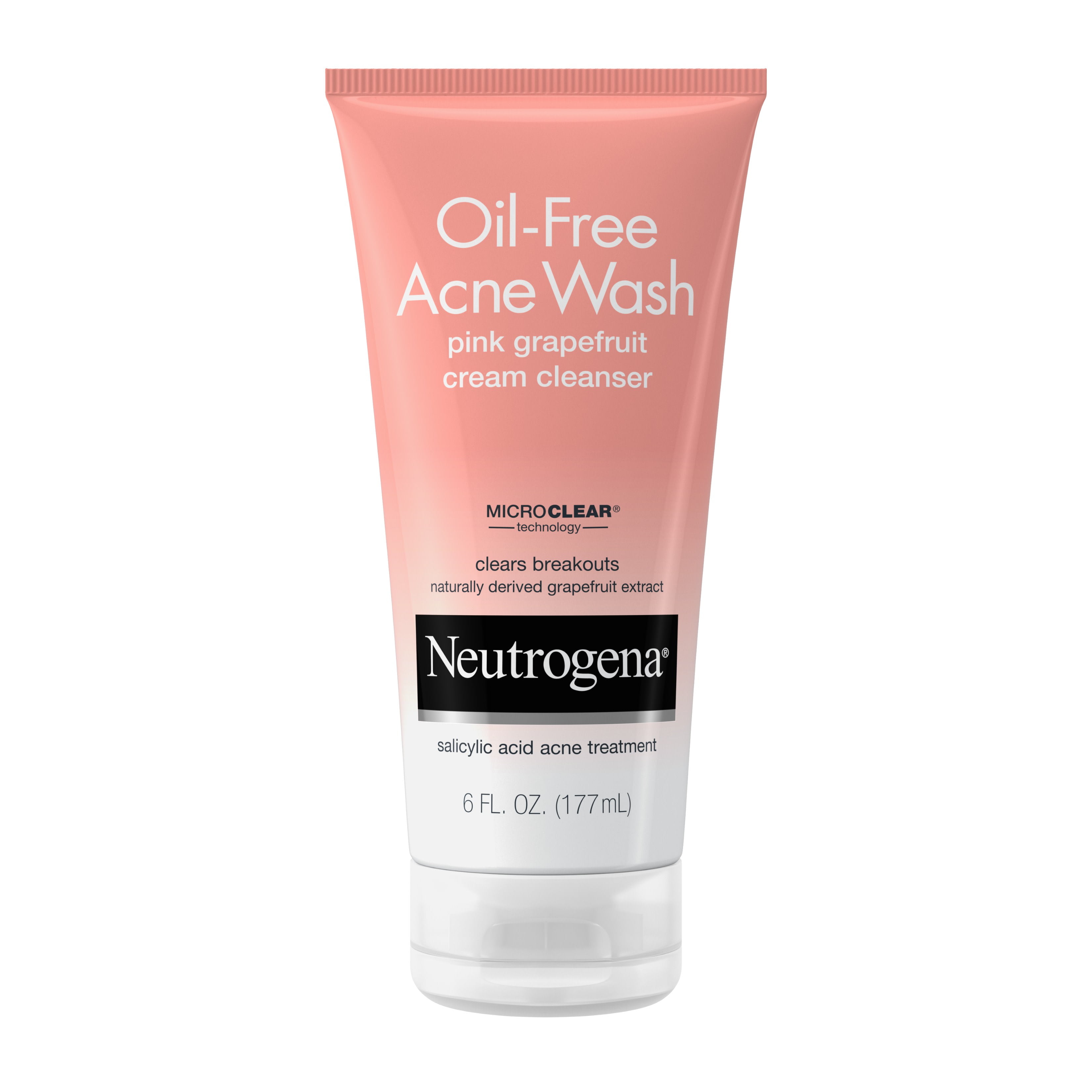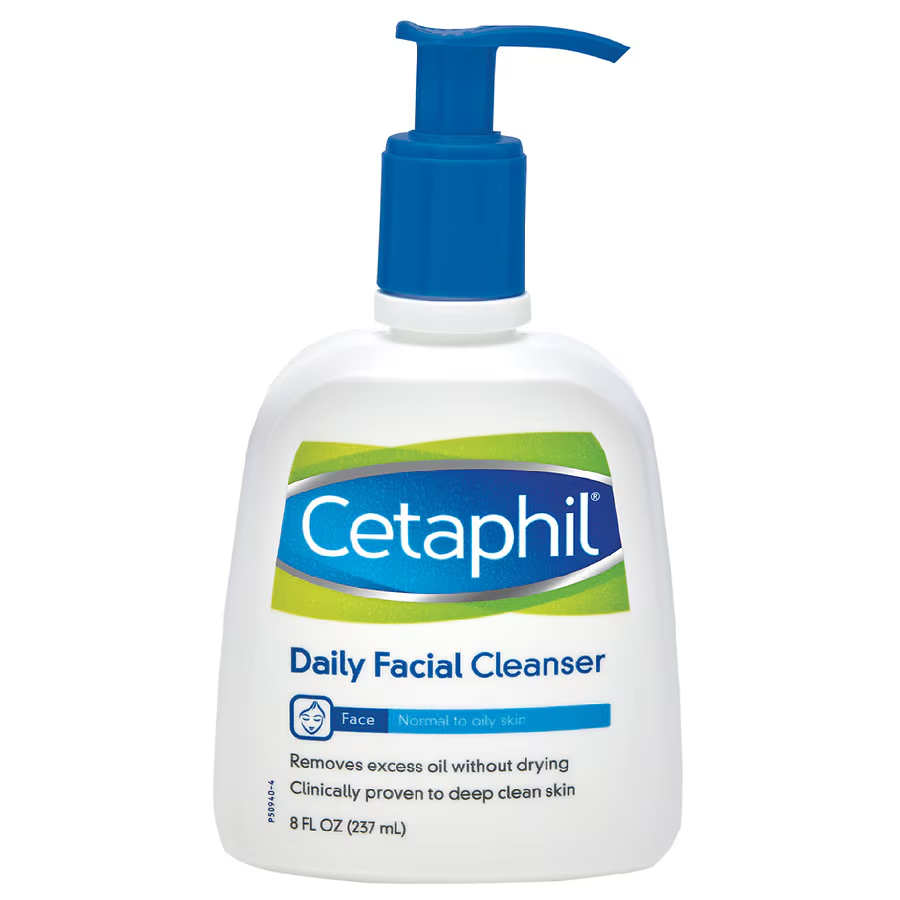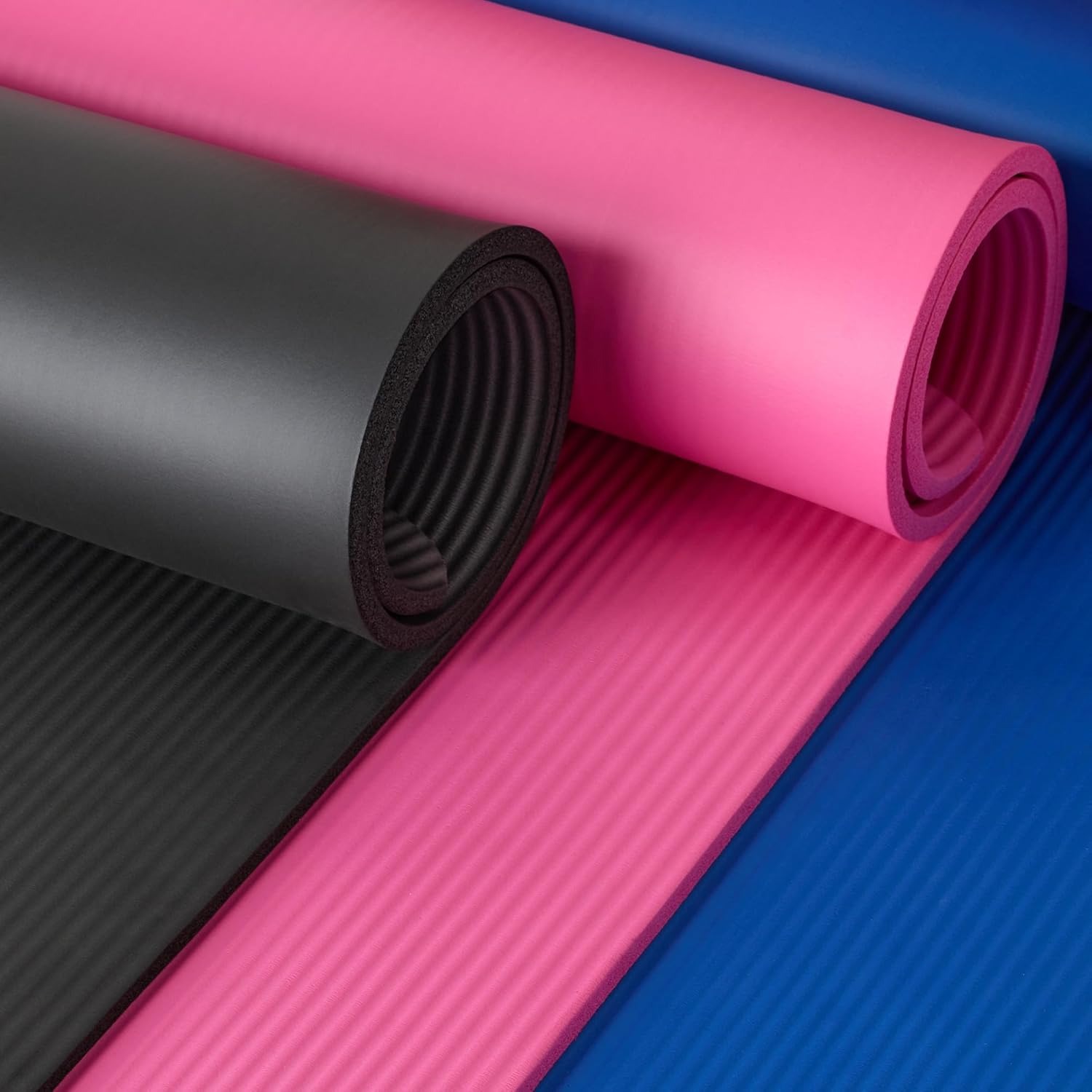Understanding Oily Skin and Its Challenges
Oily skin arises when sebaceous glands produce excess sebum. This natural skin oil, sebum, maintains skin hydrated. But too much can lead to issues. Oily skin often looks shiny or greasy. Pores might appear larger and more noticeable. When dealing with oily skin, choosing a facial cleanser with the right ingredients is pivotal.This skin type is prone to acne and blackheads. Dust and pollutants also stick to the oily surface, causing irritation.
Oily skin needs proper care. The right cleanser can prevent clogged pores. It can also manage shine without over-drying skin. Harsh products may strip natural oils, leading to more oil production. A gentle, effective oily skin facial cleanser is crucial. Balance is the key to maintaining healthy, clear skin.
Key Ingredients to Look for in Oily Skin Cleansers
When dealing with oily skin, choosing a facial cleanser with the right ingredients is pivotal. Here are some key actives to look for that can help manage the oiliness without stripping your skin bare.
Salicylic Acid
This beta-hydroxy acid goes deep into pores, clearing out excess sebum and dead skin cells. It’s a powerhouse for preventing and reducing blemishes.
Benzoyl Peroxide
Effective for combatting acne-causing bacteria, benzoyl peroxide cleanses the skin deeply. However, start with a lower concentration to prevent irritation.
Glycolic Acid
As an alpha-hydroxy acid, glycolic acid provides gentle exfoliation. It helps to refine the skin’s surface and reduce the appearance of large pores.
Niacinamide
Niacinamide, or vitamin B3, is famous for controlling sebum production and soothing inflammation. It can also support the skin’s barrier function.
Tea Tree Oil
Known for its natural antibacterial properties, tea tree oil tackles bacteria and reduces inflammation, making it ideal for acne-prone skin.
Witch Hazel
Witch Hazel acts as an astringent, reducing oiliness and tightening pores, but always look for alcohol-free versions to avoid over-drying.
Choosing a facial cleanser with one or more of these ingredients can help keep your oily skin clean, clear, and balanced. Remember to check the label for these ingredients while shopping for an oily skin facial cleanser.

The Importance of pH Balance in Cleansers for Oily Skin
When choosing an oily skin facial cleanser, pH balance is crucial. The pH scale measures how acidic or alkaline a substance is. Our skin’s natural pH is about 5.5, slightly acidic. This acidity helps to fight off bacteria and maintain healthy skin. A cleanser with a similar pH will support the skin’s barrier and prevent irritation.
An imbalanced pH can cause problems. Too high, and your skin becomes dry and sensitive. Too low, and you may encourage excess oil production and acne. Look for cleansers labeled ‘pH-balanced’. They are formulated to match the natural acidity of the skin, keeping your oily skin both clean and protected.
A balanced pH also helps other skincare products work better. It allows for better absorption of moisturizers and treatments. When your skin is at its natural pH, it can effectively absorb the benefits of subsequent skincare products. For oily skin, maintaining pH balance means avoiding further imbalances in oil production. It’s a key step in managing oily skin effectively.
Remember, a good oily skin facial cleanser isn’t just about removing oil. It’s about maintaining the overall health of your skin. And pH balance plays a big role in this. With the right pH-balanced product, your skin can stay clear, healthy, and fresh.
Gel, Foam, or Cream: Which Type of Cleanser Is Best for Oily Skin?
Choosing the right texture in an oily skin facial cleanser matters a lot. Gel, foam, and cream cleansers offer unique benefits. Your choice should match your specific skin needs.
Gel Cleansers
Gel cleansers are clear and typically water-based. They are great for deep cleaning. Their light texture helps to remove excess oil. They often contain ingredients that target acne. Gel cleansers leave the skin feeling cool and refreshed. They are a top pick for those with very oily skin.
Foam Cleansers
Foam cleansers lather up well. This makes you feel like you’re getting a thorough clean. They can lift dirt and oil from the skin with ease. They often come in a pump dispenser. After use, foam cleansers leave the skin feeling clean without tightness.
Cream Cleansers
Cream cleansers have a richer texture. They can hydrate the skin while cleaning it. These cleansers are usually more moisturizing. They are good for oily skin that needs a gentle touch. If your skin gets irritated easily, cream cleansers can be soothing. They may be too heavy for very oily skin types.
Your skin type and preference should guide your choice. Gel cleansers are great for removing excess oil. Foam cleansers provide a deep clean with a gentle touch. Cream cleansers offer more hydration. Try samples and see how your skin reacts. The best oily skin facial cleanser is one that leaves your skin balanced and clear.

The Role of Exfoliation in Managing Oily Skin
Exfoliation plays a key role in managing oily skin. It helps in clearing out clogged pores. This reduces the risk of acne breakouts. Dead skin and excess oil cause clogs. Regular exfoliation removes these, preventing buildup.
Exfoliating aids in improving the skin’s texture. It can make the skin smoother. It also helps in making pores appear smaller. For oily skin, look for products with gentle exfoliants. Avoid harsh scrubs that can damage the skin. Instead, opt for chemical exfoliants like salicylic or glycolic acid.
Exfoliation should be done with care. Do not overdo it. Too much can strip the skin’s natural oils. This can cause more oil to be produced. It is best to exfoliate oily skin one to two times a week.
Always moisturize after exfoliating. This helps maintain the skin’s balance. Use a lightweight, non-comedogenic moisturizer. It should not block your pores.
In summary, exfoliation is essential for oily skin. It helps keep the skin clean and reduces the appearance of oiliness. Use it wisely and pair with proper hydration for the best results.
The Do’s and Don’ts of Cleansing Oily Skin
Cleansing oily skin requires careful practices to maintain skin health. Here are key strategies for an effective routine.
Do’s of Cleansing Oily Skin
- Choose the right cleanser: Pick an oily skin facial cleanser rich with recommended ingredients like salicylic acid or niacinamide.
- Wash twice a day: Clean your face morning and night to manage oiliness without overdoing it.
- Use lukewarm water: Hot water can dry out your skin, causing more oil. Lukewarm water is gentle.
- Pat dry your skin: After washing, pat your skin dry with a clean towel. Avoid rubbing which can irritate.
- Follow with proper hydration: Use a non-comedogenic moisturizer to balance skin after cleansing.
Don’ts of Cleansing Oily Skin
- Avoid harsh scrubs: These can damage your skin and increase oil production.
- Skip alcohol-based products: They can over-dry and lead to more oil.
- Don’t over-wash: Washing too often can strip away natural oils, which can trigger more sebum production.
- Steer clear of heavy creams: Unless they are specifically designed for oily skin, heavy creams can clog pores.
- Don’t forget to exfoliate: But do it gently and not more than twice a week.
These do’s and don’ts will help you maintain a balanced and healthy oily skin routine. Implement them with the right oily skin facial cleanser for the best results.

Recommended Cleansers for Oily Skin: Top Picks
Finding the best oily skin facial cleanser is a personal journey. Your skin’s unique needs will guide you. Here are some top-rated cleansers that cater to oily skin. They feature beneficial ingredients and positive user reviews.
- Neutrogena Oil-Free Acne Wash: It includes salicylic acid. This clears pores and fights acne without over-drying.
- Cetaphil Pro Oil Removing Foam Wash: Gentle and pH-balanced. It’s designed for oily and sensitive skin types.
- La Roche-Posay Effaclar Purifying Foaming Gel Cleanser: This gel cleanser targets excess oil. It is made with soothing thermal spring water.
- Dermalogica Active Clearing Skin Wash: A mix of salicylic acid and tea tree oil. It helps reduce breakouts and oiliness.
- Cosrx Low pH Good Morning Gel Cleanser: With a low pH, it’s gentle and refreshing. It protects the skin’s natural barrier.
- Paula’s Choice Skin Balancing Oil-Reducing Cleanser: Contains niacinamide. This helps control oil production and soothes the skin.
Try these options and see which works best for you. Each cleanser balances oil without stripping the skin. They keep skin clear and comfortable. Remember to read labels and select based on the recommended ingredients. Combine them with your complete skincare routine for optimal results.
How to Integrate a Facial Cleanser into Your Oily Skin Care Routine
Incorporating a facial cleanser into your oily skin care routine requires consistency and strategy. Here are straightforward steps to achieve the best results:
- Start with a consistent schedule. Use your cleanser morning and night. Stick to this routine every day.
- Warm water works best. Begin with lukewarm water to open pores. It preps your skin for cleansing.
- Apply cleanser gently. Use small amounts. Massage onto your skin in circular motions. Don’t scrub hard.
- Be thorough but gentle. Spend about a minute washing your face. This ensures deep cleansing without irritation.
- Rinse well. Make sure no residue stays behind. Residual cleanser can clog pores and cause breakouts.
- Pat, don’t rub. Dry your face with a soft towel. Avoid rubbing to prevent excessive friction.
- Moisturize after cleansing. Choose a light, non-comedogenic moisturizer. It should not add to the oiliness.
- Track your skin’s reaction. Keep an eye on how your skin responds. Adjust the routine if needed.
By following these steps, your oily skin facial cleanser will work effectively within your skin care regimen. Remember the balance between cleansing and hydrating. This helps maintain healthy skin. For best outcomes, pair your facial cleanser with products like toners and serums suited for oily skin.



